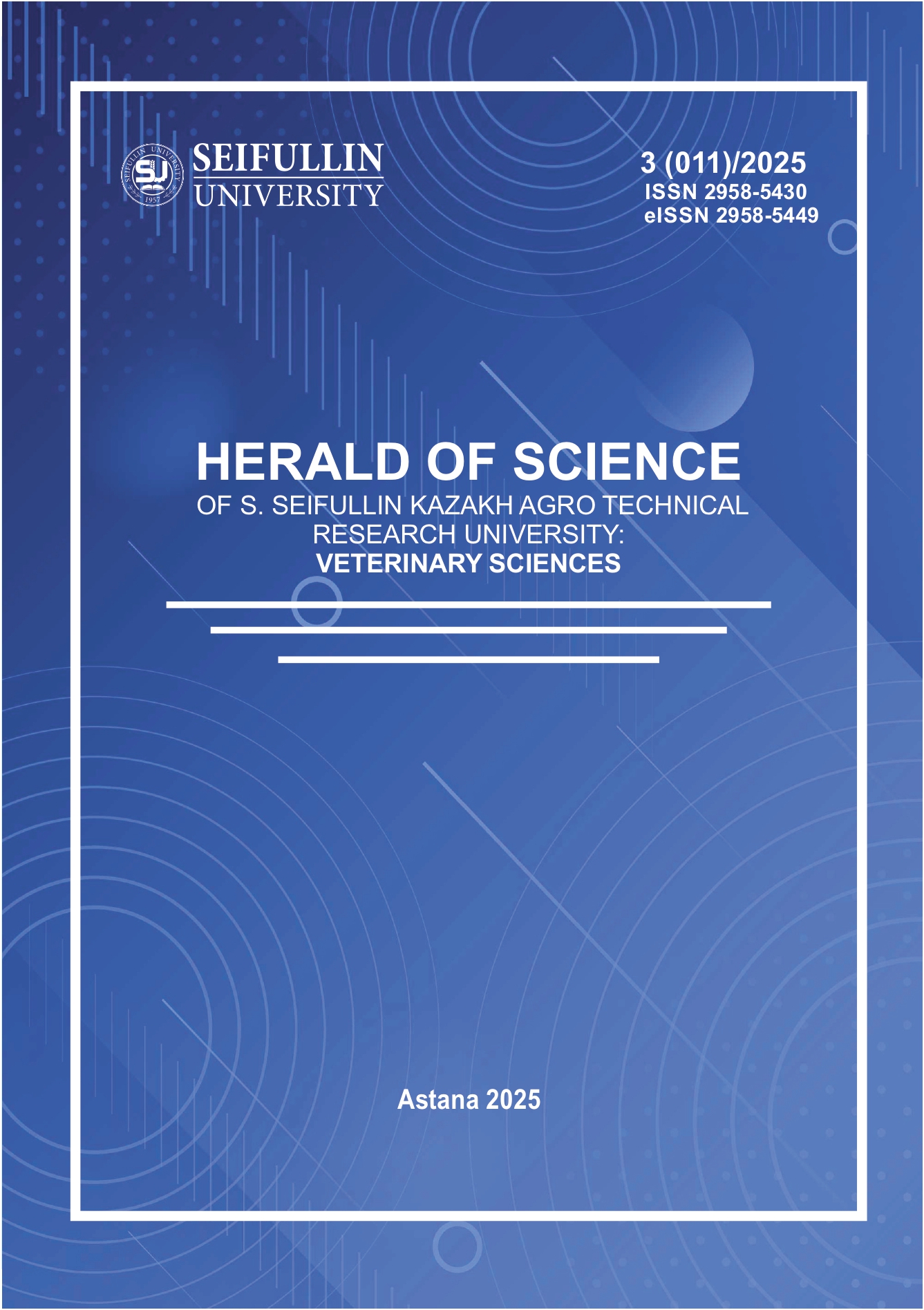Analysis of the epidemiological and epizootic situation of alveolar echinococcosis in the world
DOI:
https://doi.org/10.51452/kazatuvc.2025.3(011).1977Keywords:
alveolar echinococcosis; definitive host; epidemiological situation; epizootiological monitoring; intermediate host; WOAH.Abstract
This review article presents literature data on the distribution of alveolar echinococcosis cases across the world over the past 30 years (1993-2023), statistical data from the WOAH for the past 5 years (2020-2024), and the research results reported by domestic scientists. Alveolar echinococcosis, also known as multilocular echinococcosis, is one of the most dangerous zoonotic parasitic infections. The causative agent, the cestode Echinococcus multilocularis, infects carnivorous animals, small rodents, and humans. Humans, as accidental intermediate hosts, are at high risk for severe complications, including liver and other organ damage. This infection has been recorded in Canada, the USA, Germany, France, Switzerland, Austria, Belgium, the Netherlands, the Czech Republic, Slovakia, Sweden, Denmark, the UK, China, India, Pakistan, Nepal, Bhutan, Iran, Iraq, Mongolia, Lithuania, Latvia, Estonia, Russia, Belarus, the Kyrgyz Republic, and the Republic of Kazakhstan. The World Health Organization classifies this infection as one of the 17 neglected diseases requiring control and elimination by 2050.

